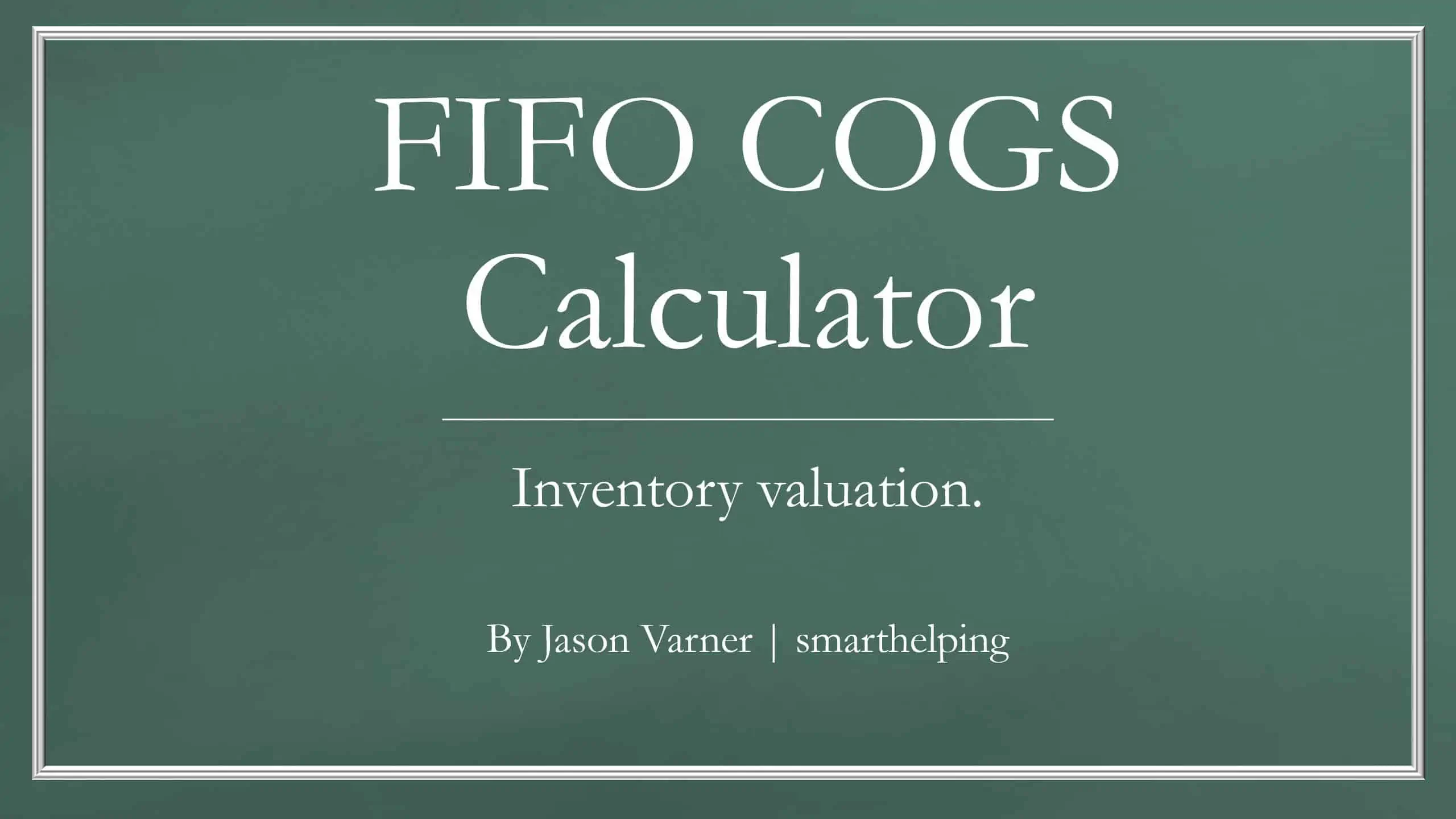General Use 3 Statement Financial Model – With Exit Assumptions
Monthly and annual summaries of the income statement, balance sheet, and statement of cash flows. Easy user entry on schedules.

Instructional Video:
*Update: This model has been upgraded and now includes the option to enter the number of months that inventory is pre-paid for, and this flows to the cash flow statement and balance sheet accordingly.
The 3 financial statements that are often reviewed by financial professionals in a more formal setting are the income statement, balance sheet, and statement of cash flows. They all work together to give a financial picture of an organization over time and at points in time. It easily shows where your sources of cash are and the uses therein.
This model has been built with flexibility and usability in mind. There are some global assumptions that define the date ranges, company name, tax rates, and dividend logic. From there, you will enter most of your data onto the monthly income statement and from there the annual income statement and the balance sheet (monthly/annual) and the statement of cash flows will automatically populate.
The unique part of this model is showing the possibility of an exit in a given month of your choosing. If an exit valuation is entered, all the fixed assets will be closed out as well as the accumulated depreciation and loan balances, in order to show what is left in cash.
The schedules that will help define various sources of cash include an investor schedule, a CAPEX schedule for long-term assets, a debt schedule, and a valuation tab. The building section is its own row that has a fill-in exit value. The rest of the CAPEX inputs are regular long-term assets. All of these items have a defined useful life and that will determine the amount of depreciation and accumulated depreciation that populates the financial statements.
Note, you can define how much of the business proceeds upon exit are applied to long-term assets vs. classified as extraordinary income. This will be important when it comes to calculating the net income after taxes and what is distributable to shareholders if you have entered any. Additionally, this will be what determines the net gain/loss on the sale of assets, which auto-calculates based on the book value at exit and the amount of value being assigned to each per the % of sale proceeds allocated to each fixed asset (set up to be proportional to the book value at exit).
You can show dividends being paid to shareholders on any profits or have it accrue to their capital accounts.
You can easily declare an exit multiple of 0 and if so the model will function as if nothing is sold in the last month of the model (as defined on the ‘control’ tab.
Similar Products
Other customers were also interested in...
All My Financial Models, Spreadsheets, Templates, ...
Lifetime access to all future templates as well! Here is a set of spreadsheets that have some of the... Read more
Small Business Playbook (Financial / Tracking Temp...
About the Template Bundle: https://youtu.be/FPj9x-Ahajs These templates were built with the ... Read more
Top 16 Google Sheet Templates
This is a bundle of all the most useful and efficient google sheet templates I have built over the y... Read more
Franchisor Licensing: Financial Model with Cap Tab...
Build up to a 10 year financial forecast with assumptions directly related to the startup and operat... Read more
Joint Venture and Fund Cash Flow Waterfall Templat...
Here are all the spreadsheets I've built that involve cash flow distributions between GP/LP. Include... Read more
Preferred Equity Cash Distribution Model – 2...
A 10-year joint venture model to plan out various scenarios for the way cash is shared between a GP ... Read more
Cumulative LP Distribution Joint Venture Waterfall...
A 6 Tier cash flow waterfall template. Plug in the distributable cash flow (+/-) and set the hurdle ... Read more
Inventory Valuation Using FIFO – Automatical...
Any accountant that needs to comply with IFRS will have to use the FIFO valuation method for calcula... Read more
Private Equity Fund Model (Investor Cashflows)
Private Equity Financial Model to analyze fund cashflows and returns available to Limited Partners (... Read more
Startup Company Financial Model – 5 Year Fin...
Highly-sophisticated and user-friendly financial model for Startup Companies providing a 5-Year adva... Read more
Reviews
You must log in to submit a review.





















